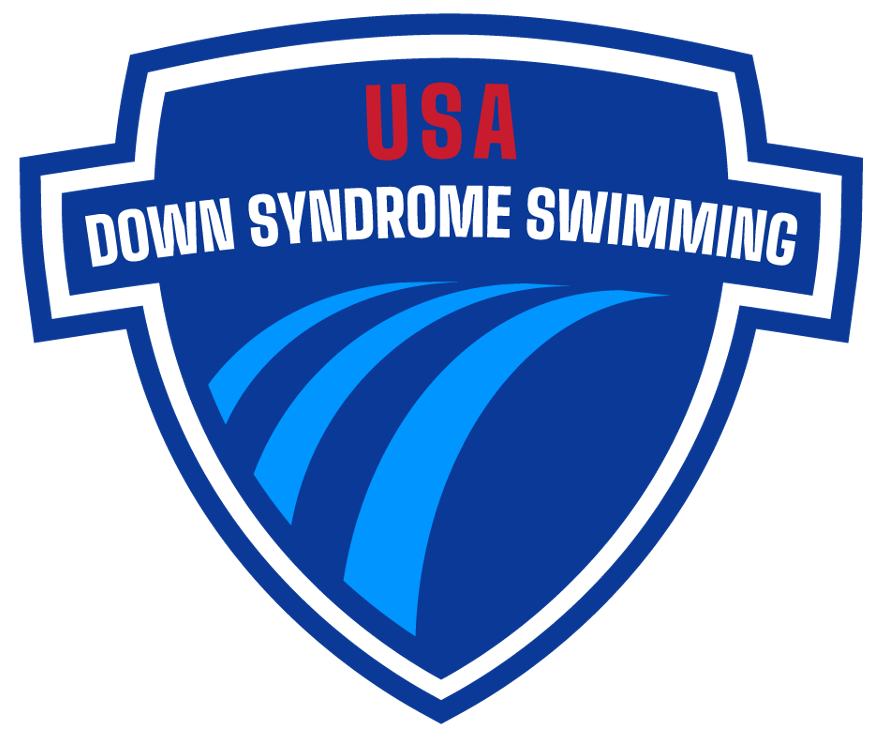Artistic Swimming demands advanced water skills, requires great strength, endurance, flexibility, grace, artistry and precise timing, as well as exceptional breath control when upside down and underwater. Our USADSS artistic swimmers are passionate and enthusiastic - true T21 Swim Warriors!
Artistic swimming requires a lot of training time. Sessions are divided into land practice (flexibility and routines with music) and inside the water ( swimming, resistance, techniques and choreographies).
Below are some links and details about the techniques that our athletes are learning.
Barracuda Land Drills
Ballet Leg
1. Fina Description
Ballet Leg Position
Body extended with face, chest, thighs and one foot at the surface. Head (ears specifically), hips and ankles are in line. One leg extended perpendicular to the surface.
To Assume a Ballet Leg
Begin in a Back Layout Position. One leg remains at the surface throughout. the foot of the other leg is drawn along the inside of the extended leg to assume a Bent Knee Back Layout Position. The knee is straightened, without movement of the thigh, to assume a Ballet Leg Position.
To Lower a Ballet Leg
From a Ballet Leg Position, the ballet leg is bent, without movement of the thigh, to a Bent Knee back Layout Position. The toe moves along the inside of the extended leg until a Back Layout Position is assumed.
2. Description of Ballet Leg Technique








